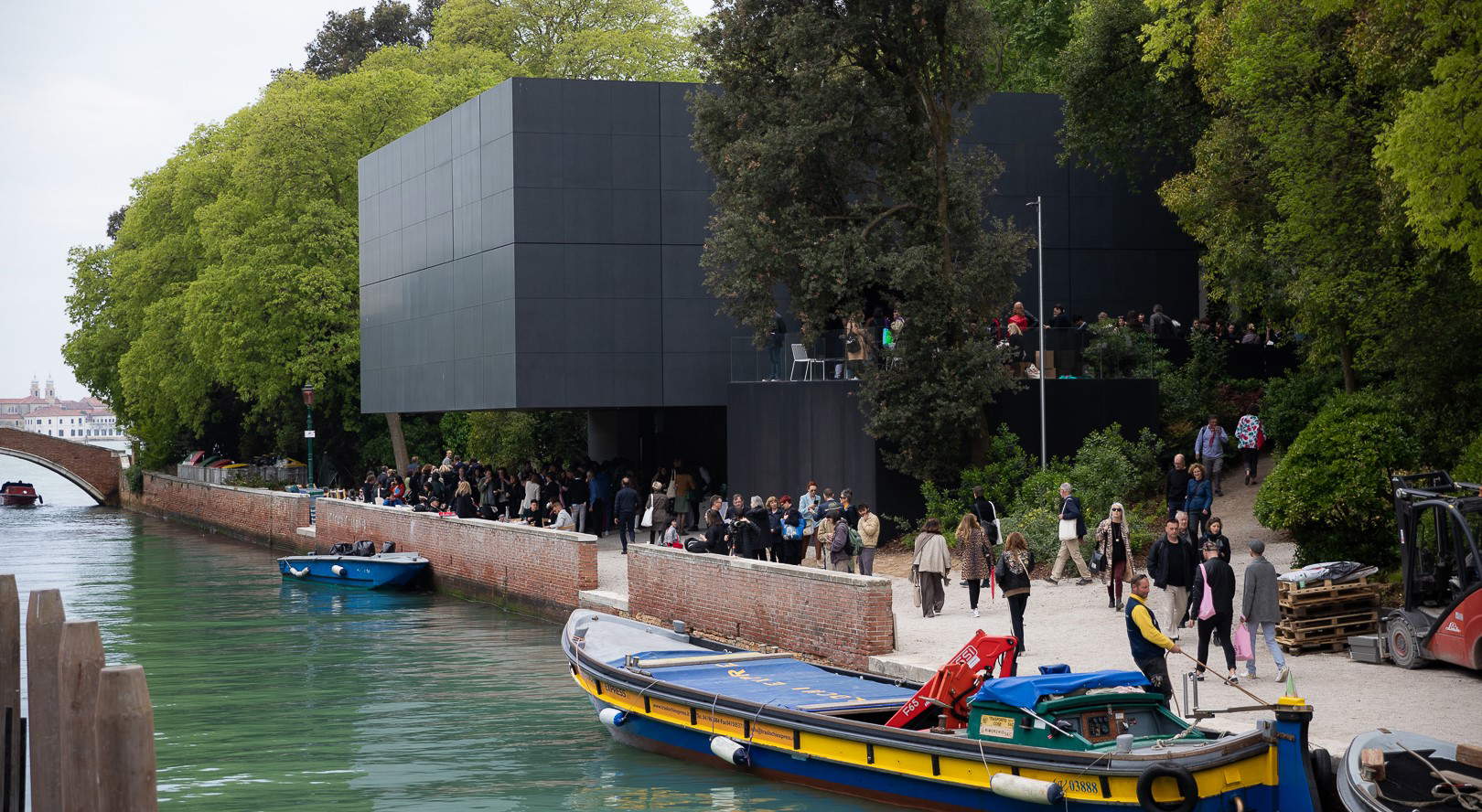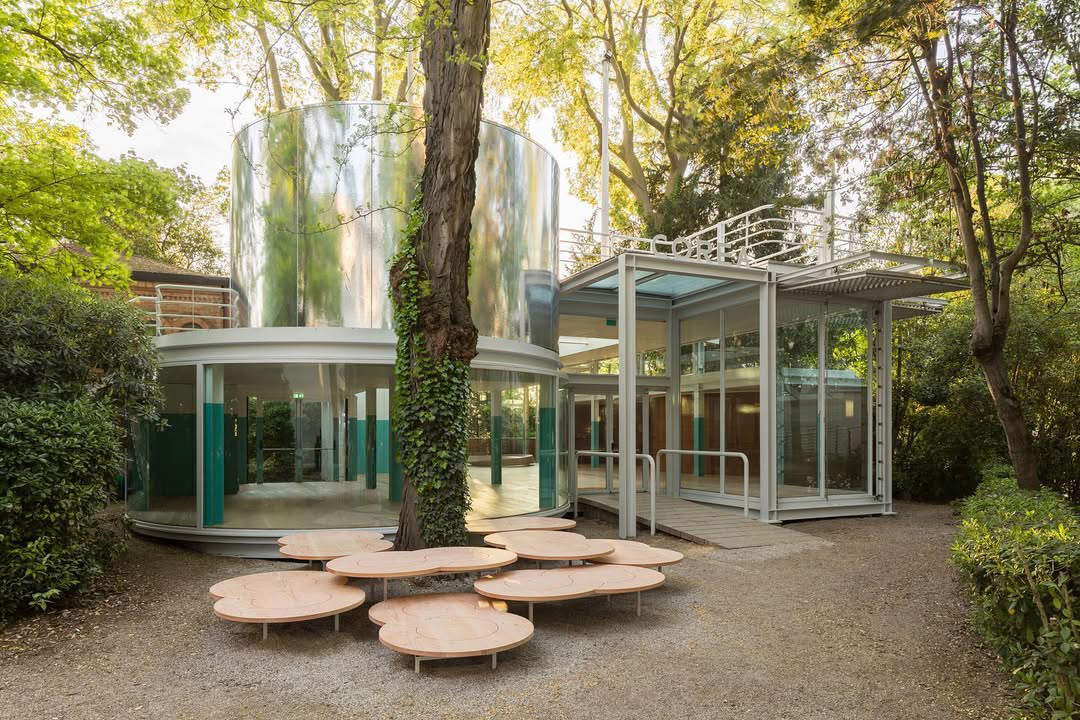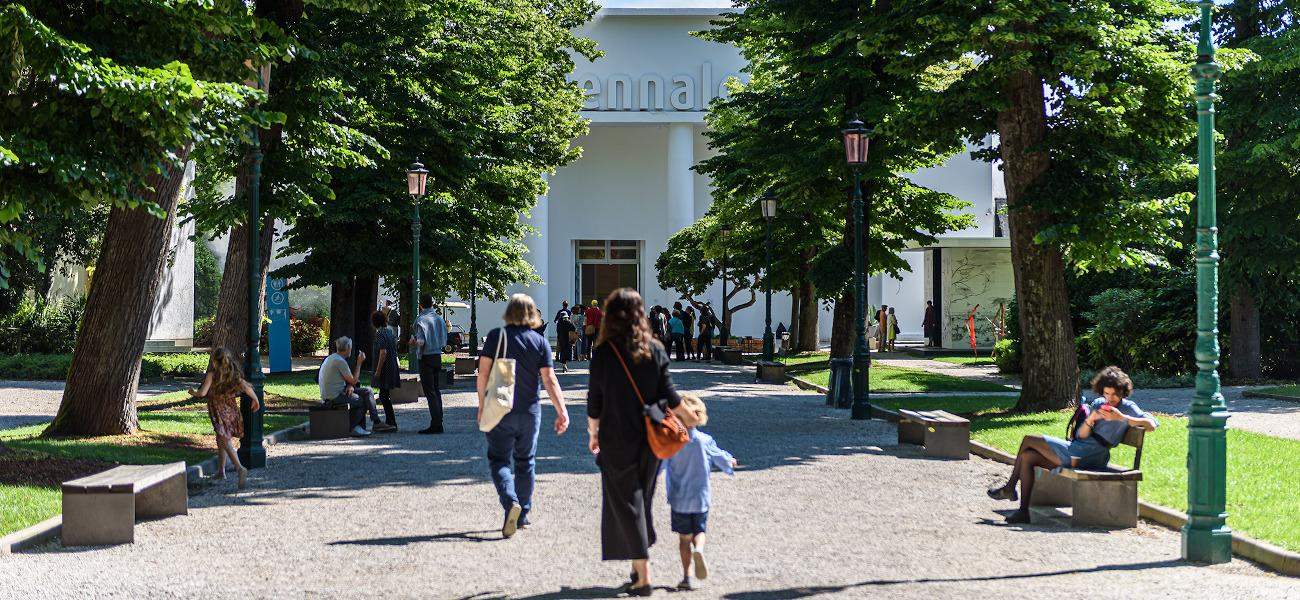Qatar will have its own permanent pavilion at the Giardini of the Venice Biennale: it will be centrally located, straddling Finland’s pavilion, Denmark’s central pavilion, and Stirling’s book pavilion. He announced this on February 12, in a statement that has raised some concerns among the ranks of the Venetian opposition since there has been no building permit or concession of state land yet. Instead, Biennale President Pietrangelo Buttafuoco commented on the news thus, “In the spirit of curiosity, exploration and sincere exchanges between peoples that characterize Venice and its Biennale, I would like to welcome Qatar to our Giardini as a powerful global source of creativity and understanding between different cultures.” But, celebratory rhetoric aside, how is it that Qatar, which has so far never participated in a Venetian Biennale, has been allowed (or rather will be allowed, it is now a formality) to build a permanent pavilion at the Giardini, while so many other countries do not?
A brief summary of context for those who know little about the Giardini della Biennale, in Castello, the place where the fair was born in 1895. A new permanent pavilion there is a very, very exceptional thing. The only two states in the last 50 years where building has been allowed at the Giardini were Australia (1987) and South Korea (1995). For a reason of space, which is now decidedly limited, but also of historicized environment: the national pavilions, which grew up one after the other especially in the first half of the 20th century, at the stabilization of what was initially a normal international art fair, represent the states that, in a time frame reaching back to the early 1960s and the period of independence of the former colonies, had enough weight to obtain the issuance of a long-term state concession from the City of Venice itself, sometimes the owner of the land, sometimes also the owner of the pavilion itself. France, Britain, the Netherlands, Russia, the United States, and then Brazil, Yugoslavia, Poland... The only African state represented at the Gardens is Egypt, hosted since 1952 in a building constructed in 1932. To exhibit at the Giardini with a permanent pavilion, there is, in short, a need for a specific state concession: as a rule, they are of very long duration (for the new pavilion of Qatar there is talk of 90 years) and for symbolic costs, so much so that in 2023 Mayor Luigi Brugnaro had expressed the need to revise them upward, also because many were and are expired.



To make room for all the states that don’t fit in the Giardini, the Biennale has been converting the Arsenale area, where dozens of other nations exhibit, since 1980. In this case it takes, to have a pavilion there, an agreement with Biennale (which manages the area on behalf of the City), at a figure to be agreed upon. Otherwise, it is possible to exhibit wherever one prefers around the city: palaces, former warehouses, deconsecrated churches, can demand high rents to make room for temporary national pavilions. In short, if the participation of nation states in the Venice Biennale (if these states are recognized by the Italian government) is completely free, the problem is the cost of obtaining an exhibition space, all the more so if you want it non-marginal.
Having a permanent pavilion therefore makes a huge difference, economically but also symbolically. Which is why, causing quite a stir, Bolivia was able to participate in 2024 because it was hosted for free in Russia’s (permanent) pavilion at the centrally located and very spacious Giardini: all regular, the state that holds the concession (Russia) can do what it wants with it, even not participate and host others. In this way, willingly or unwillingly, the Biennale Gardens have become, or always have been, a space also of political geography, at least artistic geography: emerging forces, such as Saudi Arabia (present in the Arsenal), Nigeria, the Ivory Coast (the latter two instead with temporary pavilions in spaces in the city), are not there. While the powers of the twentieth century are all there, even those in the meantime ... somewhat depowered.
Qatar, in that new pavilion (maximum height 8 meters, according to the drafts of the concession) will thus be able not only to exhibit the new Qatar art scene, but also to exert soft-power over all those Arab and non-Arab countries and artists who cannot afford a pavilion at the Biennale, and will be able to be hosted. But in short, going back to the opening question, how did he get a building concession that had not been granted for 30 years, in a space where literally five have been given since the 1970s? There is no official answer, but we do know that he chose to tighten ties with all Venetian institutions.
By signing a protocol, bringing new investment on the airport, and a Doha-Venice flight, but most importantly by donating 50 million euros to the City of Venice, in 2024: there is no official, stated link between the “donation” and the pavilion (instead, the deed clarifies that for the 50 million, Qatar will have to be called a “benefactor” for 30 years and Minister Sheikha Al Thani will receive honorary citizenship of Venice) but it appears to have been decisive, as the pavilion is proposed at the very moment of the donation.
As the geography of contemporary art changes, so does and will the physical geography of the Venice Biennale. How, and how quickly, is hard to say, since the rules, as seen, are almost all based on conventions and agreements made on a case-by-case basis.
Warning: the translation into English of the original Italian article was created using automatic tools. We undertake to review all articles, but we do not guarantee the total absence of inaccuracies in the translation due to the program. You can find the original by clicking on the ITA button. If you find any mistake,please contact us.